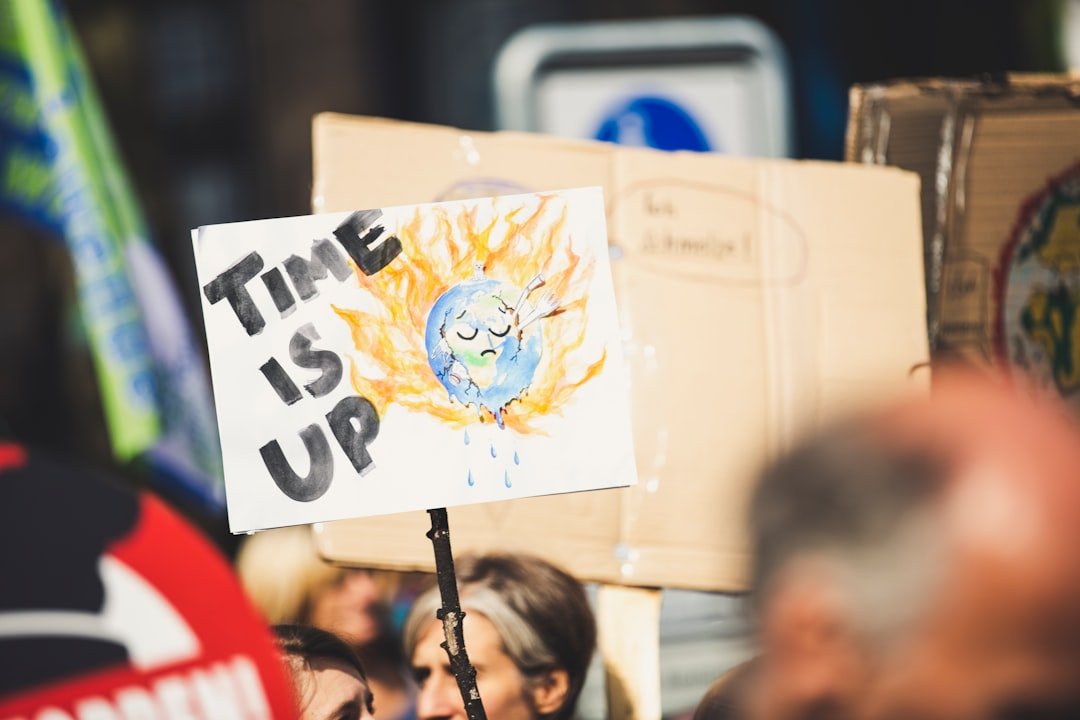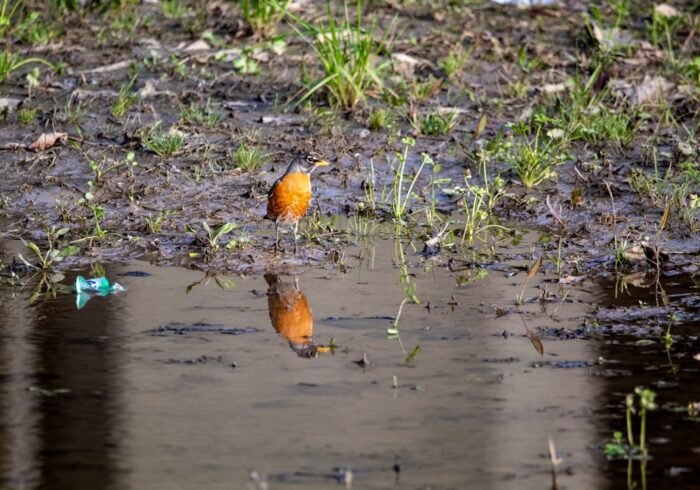A Complete Guide to Bangalore’s Air Pollution Known as the “Silicon Valley of India,” Bangalore has seen tremendous industrial & urbanization in recent decades. Air pollution is now one of the most urgent problems that have arisen as a result of this change. As the city’s population has grown, there is now more traffic, construction, and industrial emissions, all of which are causing the air quality to worsen. Both locals and environmentalists are concerned about Bangalore’s once-clear skies, which are now frequently covered in a haze of pollutants. Bangalore’s air pollution has a variety of causes.
Key Takeaways
- Bangalore is facing severe air pollution issues due to rapid urbanization and industrialization.
- Air pollution in Bangalore is leading to respiratory diseases, cardiovascular problems, and other health issues among the population.
- The environmental impact of air pollution in Bangalore includes damage to vegetation, water bodies, and wildlife.
- The economic consequences of air pollution in Bangalore are significant, including healthcare costs and loss of productivity.
- The government and community initiatives are crucial in combating air pollution and improving air quality in Bangalore.
The city’s air pollution problem has been greatly exacerbated by the growth of cars, especially diesel ones. The issue has also been made worse by emissions from factories and construction dust from ongoing infrastructure projects. The situation is made worse by seasonal elements like the nearby burning of agricultural waste. As a result, Bangalore’s air quality index (AQI) regularly hits dangerously high levels, sparking urgent conversations about the growing crisis’s effects on the environment and human health.
Bangalore’s air pollution has significant and wide-ranging health effects. Numerous respiratory and cardiovascular conditions have been linked to exposure to elevated levels of sulfur dioxide (SO2), nitrogen dioxide (NO2), & particulate matter (PM), according to studies. The elderly and children in particular are more likely to suffer from long-term illnesses like heart disease, bronchitis, and asthma. Bangalore is not an exception to the alarming statistic that the World Health Organization (WHO) has linked poor air quality to millions of premature deaths worldwide. It is also impossible to ignore the psychological effects of residing in a polluted environment.
Residents may become more stressed and anxious as a result of their ongoing awareness of the poor quality of the air. Many people are confined indoors & refrain from going outside because they are worried about their health. This change in lifestyle has an adverse effect on Bangaloreans’ general quality of life in addition to their physical health. It is becoming more and more evident that tackling air pollution is not only an environmental problem but also a public health necessity as the city struggles with these health issues. Beyond just the health of people, Bangalore’s air pollution has an impact on the environment.
| Metrics | Data |
|---|---|
| PM2.5 Levels | 150 µg/m³ |
| Health Impact | Increased respiratory diseases |
| Economic Impact | Loss of productivity due to illness |
| Environmental Impact | Damage to vegetation and ecosystems |
The introduction of toxic pollutants into the city is also having a negative impact on the ecosystems. Toxins in the air can land on land and in water, upsetting native plants & animals. For example, acid rain, which negatively impacts aquatic ecosystems and plant life, can result from elevated nitrogen oxide levels. Also, wildlife can be harmed by particulate matter buildup, especially insects & birds that are essential to preserving ecological balance.
Also, by raising greenhouse gas emissions, air pollution fuels climate change. Two powerful greenhouse gases, carbon dioxide (CO2) & methane (CH4), are released when fossil fuels are burned for energy production & transportation. Bangalore’s growing urbanization and population growth increase its carbon footprint, which exacerbates global warming and its effects. Comprehensive plans to reduce pollution in Bangalore are desperately needed, as evidenced by the interaction between regional air quality problems and worldwide environmental issues. Air pollution has serious & varied economic effects in Bangalore.
As locals seek treatment for illnesses linked to pollution, poor air quality can result in higher healthcare expenses. Public resources may be strained by the strain on the healthcare system, taking money away from other vital services. Businesses may also experience a decrease in productivity as a result of employee absenteeism brought on by health problems associated with air pollution. Apart from the immediate medical expenses, air pollution can discourage investment and visitors to the city.
While tourists might choose other locations with cleaner surroundings, potential investors might be reluctant to open operations in a region known for having poor air quality. This reluctance can hinder the creation of jobs and economic growth in industries that depend on a thriving tourism sector and a healthy workforce. Reducing air pollution is therefore essential for maintaining Bangalore’s economic health as well as for public health. The Karnataka government has taken a number of steps to improve Bangalore’s air quality in response to the worsening air pollution crisis. Stricter emissions regulations for automobiles, especially diesel-powered ones that greatly increase urban pollution, are one noteworthy attempt. By increasing bus services and adding electric cars to the fleet, the government has also encouraged people to use public transit.
A number of awareness campaigns have also been started to inform locals of the significance of cutting emissions & implementing sustainable practices. When feasible, these programs encourage people to switch to electric vehicles, carpool, or take public transportation. Also, the government has made investments in a citywide network of sensors to monitor the quality of the air, providing real-time data that can guide public awareness campaigns and policy decisions. In Bangalore, community involvement is essential to the fight against air pollution.
Locals and grassroots groups have stepped up to advocate for cleaner air and increase public awareness of the problem. Enhancing urban greenery through programs like tree-planting drives can help absorb pollutants and improve the quality of the air overall. In addition to having a positive environmental impact, these community-led initiatives help residents develop a sense of shared responsibility.
In addition, neighborhood associations have launched campaigns urging people to live more sustainably overall. By encouraging cycling as a substitute for other forms of transportation & pushing for less consumption of single-use plastics, these programs enable people to combat pollution on a local level. Bangalore residents are starting to understand their part in creating a cleaner city in the future by encouraging a culture of environmental stewardship within their communities. Bangalore’s air quality outlook for the future depends on a confluence of community involvement, government action, and technology developments.
Even though there are still many obstacles to overcome, there is optimism that sustained efforts will eventually produce fruitful outcomes. The government’s pledge to enact more stringent emissions laws and support environmentally friendly modes of transportation is a positive move. Technological developments also present encouraging options for tracking & lowering air pollution. Vehicle emissions and traffic congestion can be lessened with the use of innovations like intelligent traffic management systems. Also, cleaner transportation options are made possible by the growing popularity of electric vehicles, which could greatly enhance the quality of the air in cities like Bangalore.
Nonetheless, it will take consistent dedication from all parties involved—government organizations, corporations, communities, and individuals alike—to achieve long-lasting improvements. For future generations to inherit a cleaner and healthier Bangalore, a cooperative strategy that puts environmental health first will be crucial. In conclusion, air pollution affects the environment and the economy in addition to posing a serious risk to the health & welfare of Bangalore’s citizens.
Although the difficulties are formidable, they are not insurmountable. Significant change could occur with coordinated efforts from community members and government representatives. In order to reduce pollution, Bangaloreans are urged to take action by supporting cleaner policies, taking part in neighborhood projects, and implementing sustainable lifestyle choices.
Bangalore residents can create a healthier future for themselves and future generations by banding together to achieve a shared objective: cleaner air. Everyone must understand their part in the battle against air pollution because everyone has a fundamental right to clean air, not just a privilege.



